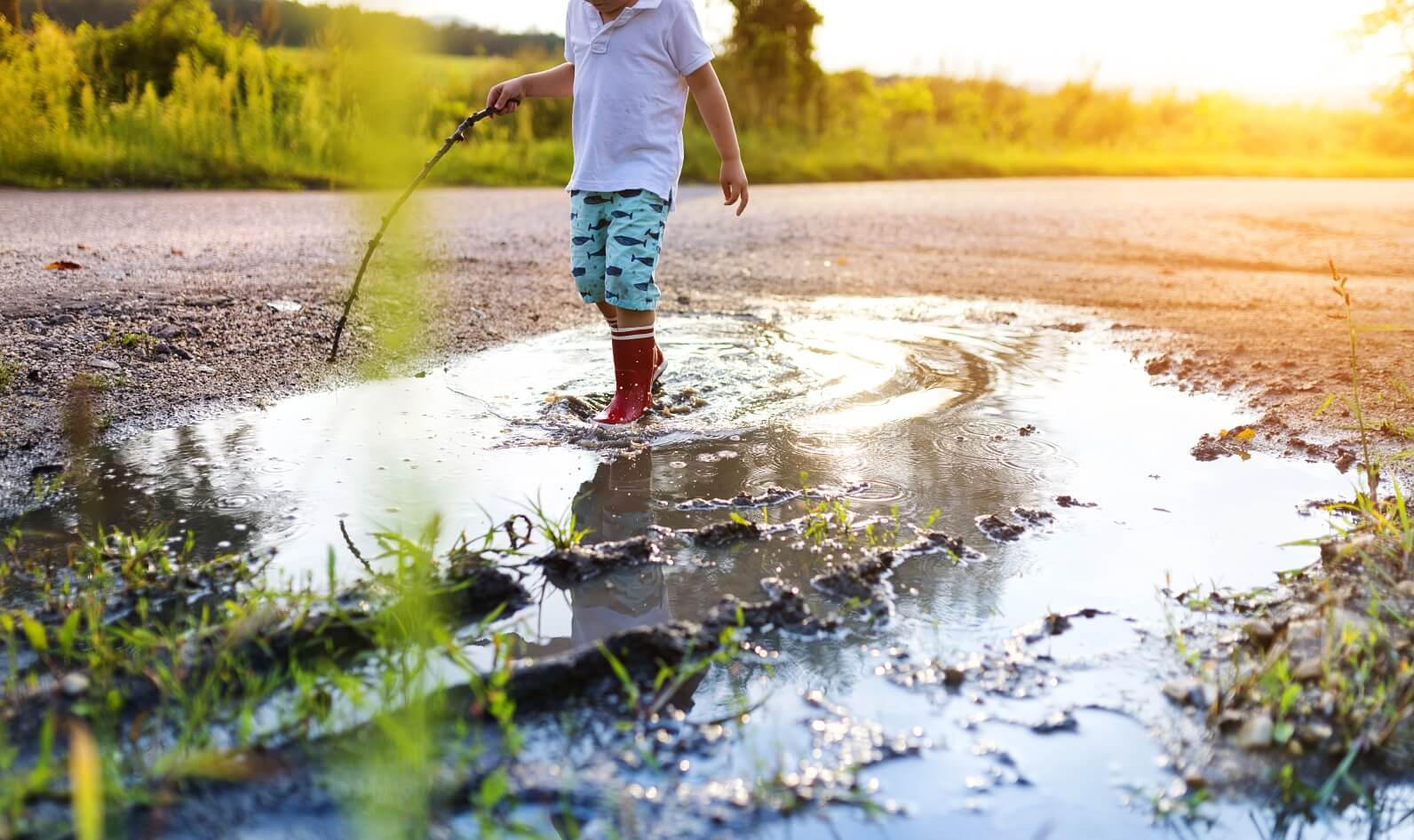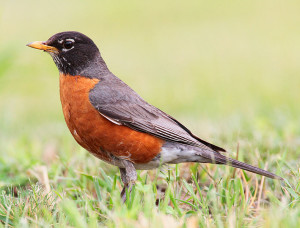Several studies have shown that being outdoors and interacting with nature has many benefits for people of all ages. In young children, it has multiple benefits, including cognitive, behavioral, and other benefits. These benefits are known to be cumulative and last a lifetime. Thus, investing in providing nature benefits to young children should be the priority of every community that seeks to build a better future. The mental health of children develops resilience as their engagement with nature increases in their childhood. All these benefits are provided by merely providing natural space for children to play.
Yet, the truth today is we live in a time when urbanization is rapid and rampant. We are seeing more and more people migrate from rural to urban areas. Forests are converted to housing to accommodate the needs of these people. Many people work long hours and experience a high degree of stress in their lives.

Some researchers are creating a more naturalized play setting for children by redesigning the playgrounds that preschool and kindergarten children use. In many areas, the playground is simply made of a patch of grass, some asphalt, and woodchips. Children interact with manufactured equipment to climb or play. These can get hot or cold or may not be resistant to the brutal weather. A naturalized playground should invite a child’s play, exploration, and discovery, just like woods would be doing. A tree in the play yard, for example, stirs up the imagination of a child and the leaves, branches, twigs, and everything thereof the tree, from the tree, and around the tree becomes an integral part of a child’s play world.
Creating naturalized playgrounds help children to reclaim the magic of the outdoors, put them in intimate contact with nature, and provide opportunities for self-learning and discovery. In designing the naturalized environments for playgrounds, designers have done away with the need for manufactured equipment. The playground landscape is designed by the vegetation and landforms that act as both play setting and play materials.
Moreover, from a child’s perspective, manufactured equipment provides fewer opportunities for wonder. A natural playground can stimulate a child’s curiosity. What environment evokes fascination in kids? Mess!
Kids love messy, gooey, and quirky things. Which kid does not sand? And for the best experience, provide a little water to mix the sand. And what about bugs that fly around. And places to hide such as boulders or secret nooks and corners. Providing a diversity of textures diversifies and amplifies their natural experience. Places that provide opportunities to sit, lie down, make angles by swinging arms and legs, lean, climb, jump, or crawl are all essential for children. Large loose parts such as tires of vehicles or large bolts and nuts are also favorite in a play situation. Ideal natural play spaces also include plenty of trees, bushes, flowers, and long grass that provide privacy and place to hide if need be.
Studies show that every additional opportunity we provide for children to be in contact with nature, natural playground, or natural environment, children develop other benefits. The natural environment stimulates psychological well-being, superior cognitive functioning, fewer physical ailments, and speedier recovery from illness. Immersed in nature, children experience greater vulnerability, they also experience greater healing and plasticity.
Here is an example of the natural playground. Consider introducing some of these elements in your own backyard or in the playground near your home. Happy playing!

